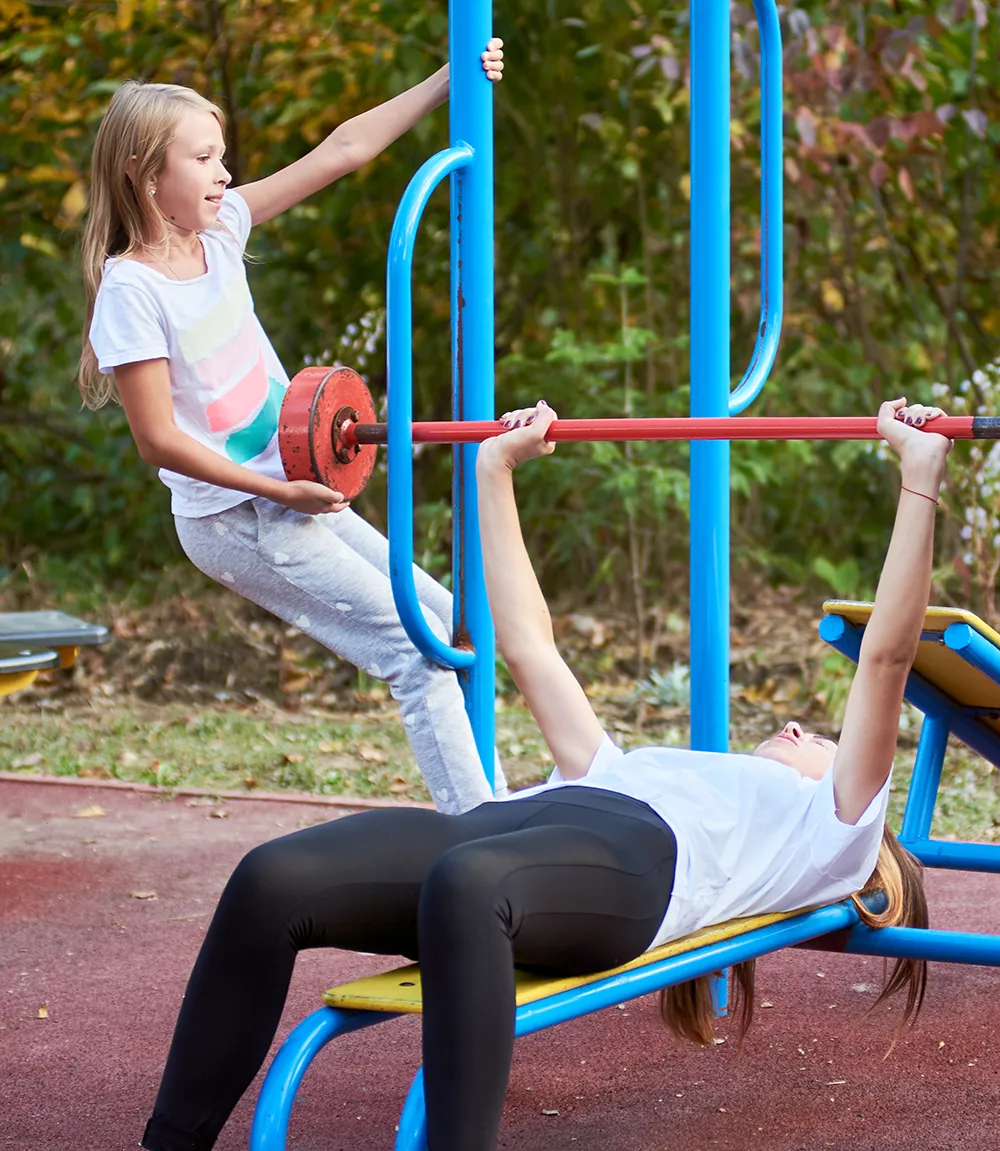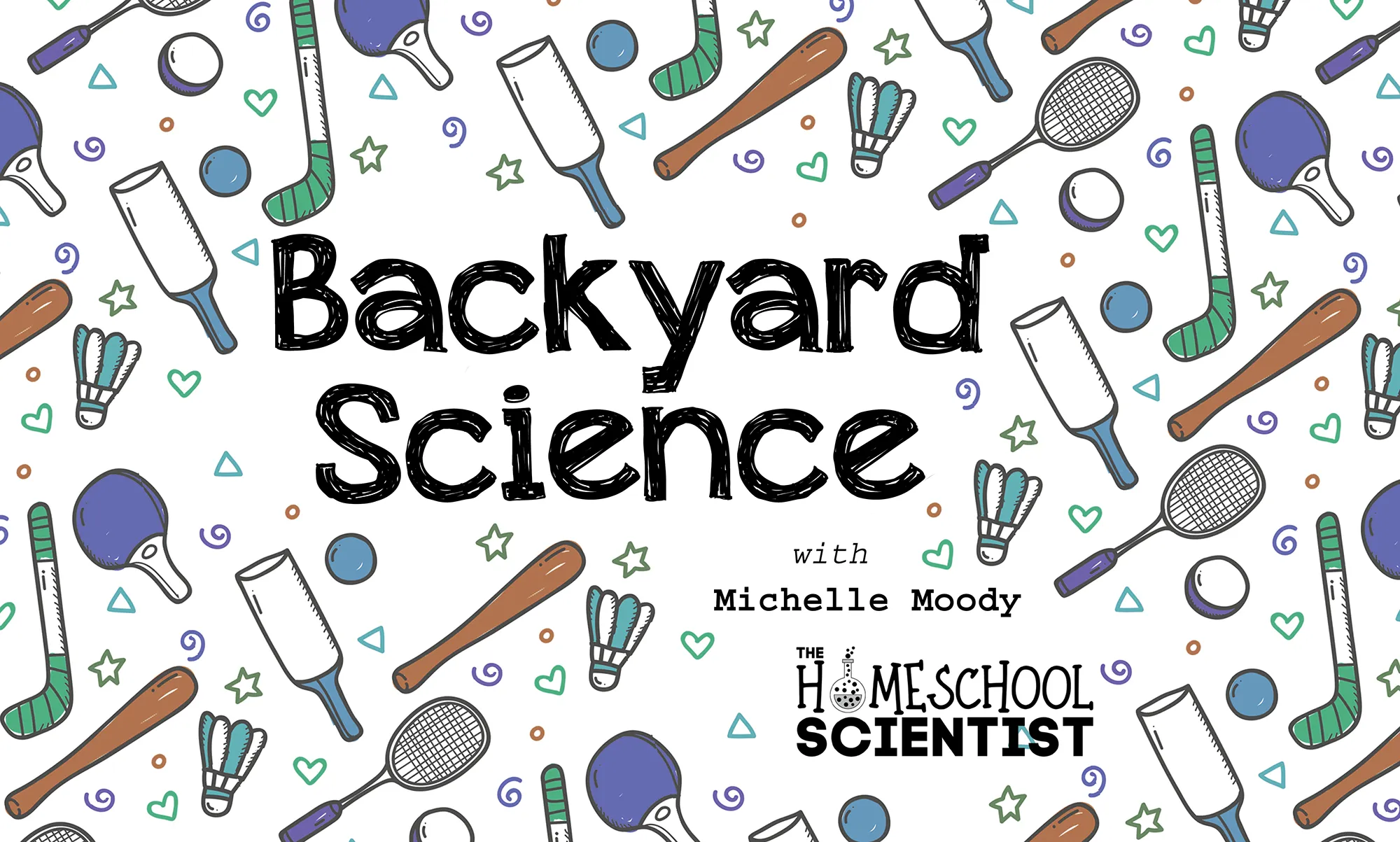
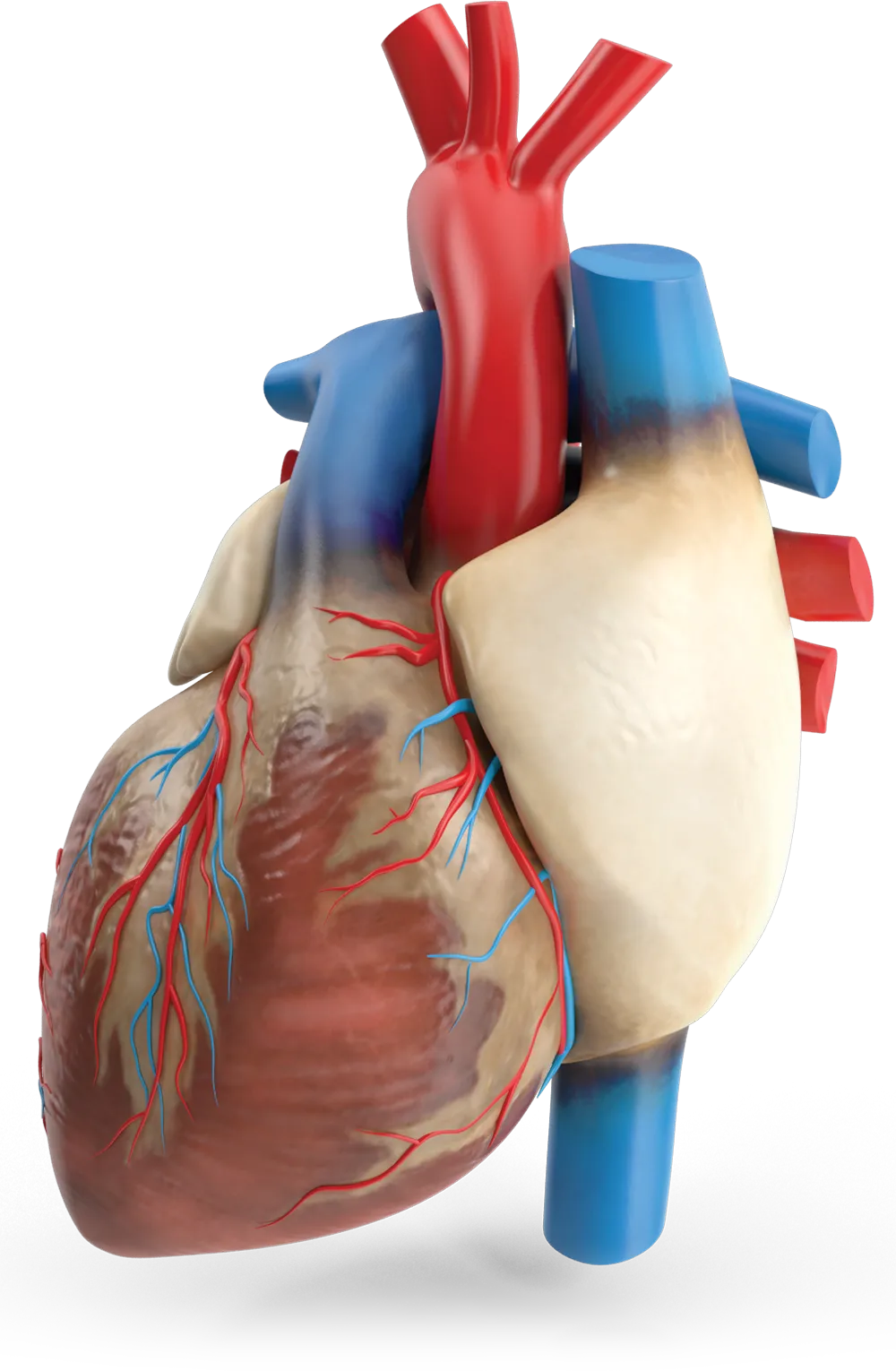
ur bodies are remarkable creations of God. He has designed every part and function of our body for a purpose. As we look closer at what happens to our body when we exercise or play sports, we see the amazing features our Creator has given our bodies so we stay safe and healthy as we run, jump, swim, and enjoy physical activities.
Let’s uncover the incredible processes God has designed into our bodies that happen without us even noticing. Get ready to discover the hidden wonders of how your body keeps up with all your fun and games!
The heart is like a pump that pushes blood throughout our bodies. Our muscles need more blood to get extra oxygen and nutrients when we exercise. To meet this demand, the heart beats faster and harder, increasing our heart rate. This allows more blood to be pumped into the muscles, helping them work efficiently.
Another important body part involved in regulating our heart rate is the brain. Based on the body’s needs, the brain sends signals to the heart to speed up or slow down. When we exercise, the brain tells the heart to beat faster to supply the muscles with more oxygen. This coordination between the brain, heart, and muscles ensures that our body functions efficiently during physical activity.
When we exercise, our heart rate increases to supply our muscles with the oxygen and nutrients they need to work effectively. The heart, lungs, and brain work together to ensure our body can meet the demands of physical activity. So next time you feel your heart beating faster during exercise, remember that it’s your body’s way of keeping up with the workout!
Sweat is produced in sweat glands that are located in the skin all over our bodies. Their main function is to produce sweat. Sweat glands help regulate our body temperature by releasing sweat onto the surface of our skin.
There are two main types of sweat glands: eccrine sweat glands, which are found all over the body and produce sweat to cool us down when we’re hot, and apocrine sweat glands, which are found in areas like the armpits and groin and produce a thicker type of sweat that can attract bacteria and cause body odor.
Sweat is 99% water and the remaining 1% is a mixture of proteins, carbohydrates, and other substances.
Our bodies produce sweat to regulate our temperature. As the sweat evaporates (that means it turns into vapor), the sweat changes from a liquid to a gas. The gas evaporates and takes some of the heat away from your skin. This helps your body to cool off, just like when a fan blows over your skin on a hot day.
Muscles are soft tissues in our bodies that can contract or shorten to produce movement. But how do muscles work, and what are the different types of muscles in our bodies?

- Skeletal Muscles: These are the muscles that we control voluntarily, such as the ones in our arms and legs. They are attached to our bones and help us move.
- Smooth Muscles: Smooth muscles are involuntary muscles that work automatically without us having to think about it. They are found in our internal organs, like the stomach and intestines.
- Cardiac Muscles: These specialized muscles are found in the heart. They work constantly to keep our hearts beating and pump blood throughout our bodies.
- Brain Signal: The process begins in the brain, specifically in an area called the motor cortex. When you decide to move a muscle, the motor cortex sends an electrical signal through the nervous system to the specific muscle or group of muscles that need to be activated. Nerves, like tiny wires, carry messages between your brain and muscles. They’re part of the nervous system. These messages travel superfast, like how electricity travels through wires.
- Muscle Response: The electrical signal travels through the nerves and reaches the muscle fibers. When the messages from your brain reach your muscles, they tell your muscles what to do. Your muscles then contract (get shorter and tighter) or relax (get longer and looser) to make the movement happen.
- Feedback Loop: As the muscle contracts and moves, sensory receptors in the muscle send feedback signals back to the brain. This feedback helps the brain monitor the movement and adjust to ensure smooth and coordinated motion.
It’s like your brain is giving orders, and your muscles are carrying them out. This communication happens all the time, even when you’re not consciously thinking about it, like when your heart beats or you breathe.
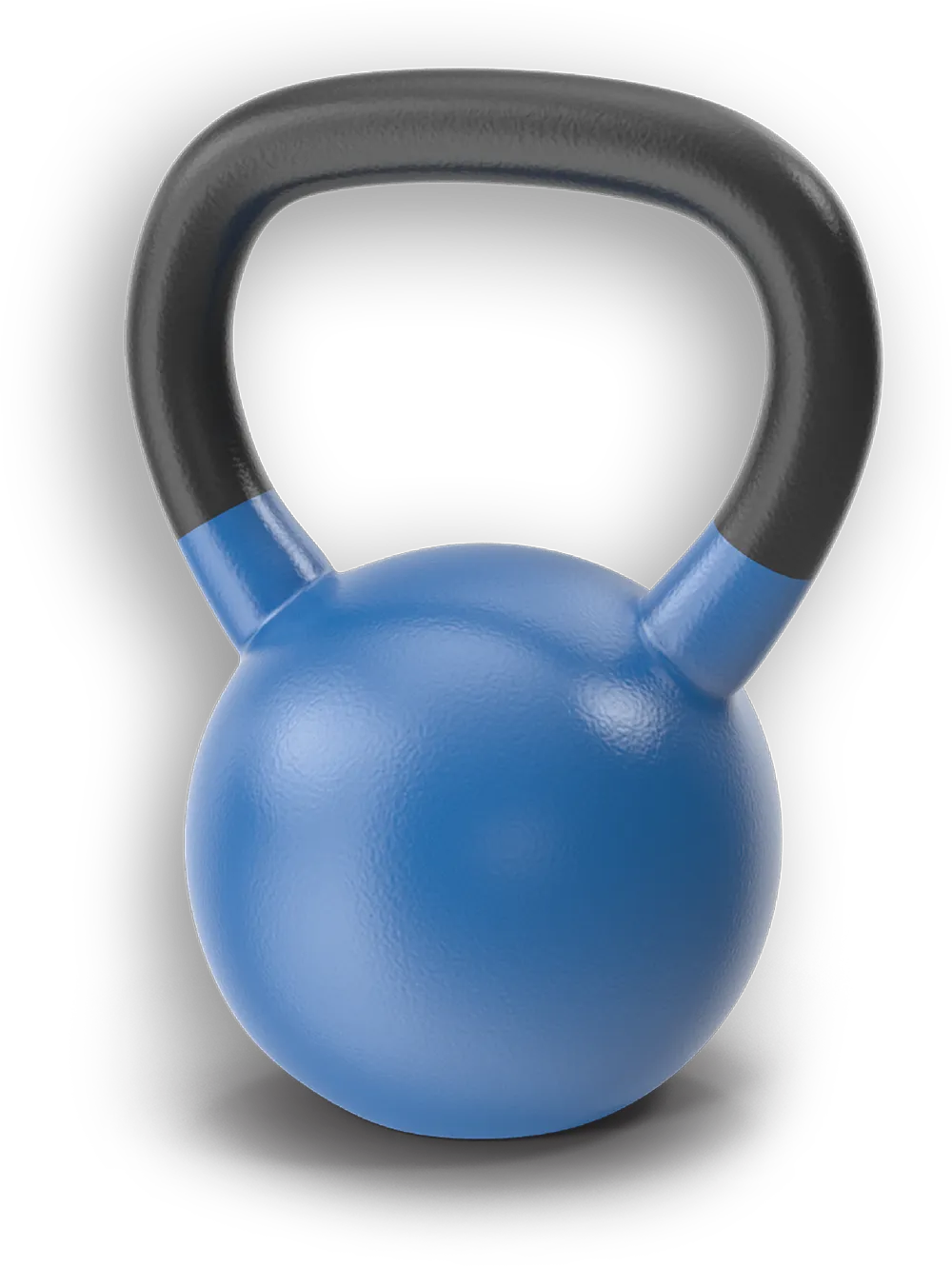
You may have heard the term muscle tone, which is how strong and defined our muscles are. Having good muscle tone means our muscles are firm and well-shaped. Have you ever noticed the muscles in a swimmer’s arms? Or the shape of a runner’s leg muscles?
- Exercise: This is the most important one! When we exercise, we’re actually making our muscles work harder, which helps to strengthen and tone them. Activities like running, swimming, biking, or even doing push-ups and squats can all help.
- Strength train: This type of exercise is specifically designed to strengthen our muscles. It often involves lifting weights or using resistance bands to work against. Doing exercises like bicep curls, leg presses, or bench presses can all help build muscle tone.
- Eating right: Our muscles need good fuel to grow and stay strong. Eating a balanced diet with plenty of protein, fruits, vegetables, and healthy fats can help support muscle growth and tone.
- Rest and recover: Giving our muscles time to rest and recover after exercise is important too. This allows them to repair and grow stronger. So, getting enough sleep and taking rest days between intense workouts is key.
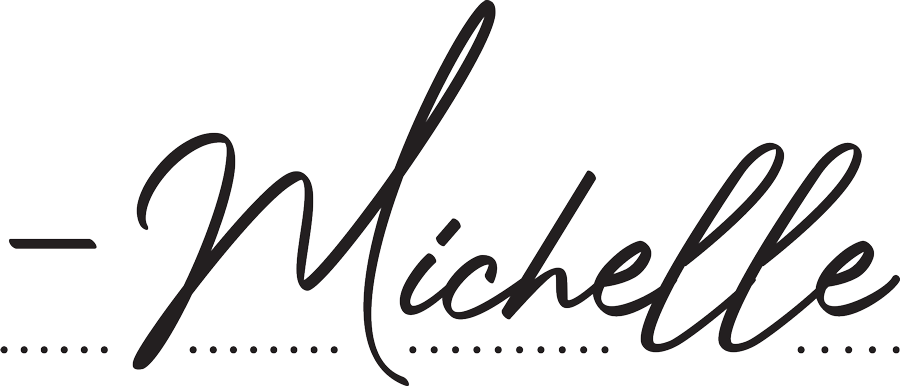

ichelle Moody, is a veteran homeschooling mom and owner of Thehomeschoolscientist.com. After earning a masters degree in child development and education, God’s plan took her into a 12 year biotechnology career. She came home to homeschool. Now, she has returned to her first love of helping children explore and discover the world God has gifted us. Besides homeschooling her own children, Michelle has taught in the traditional classroom, in co-ops, and on the mission field in Bangladesh.
